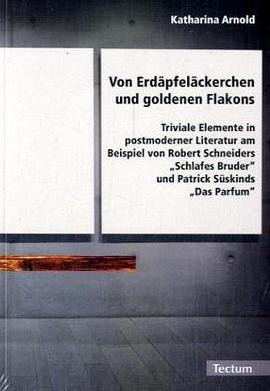
"Excerpted from the Introduction: " THE SCIENCE OF MINERALOGY Mineralogy is the science of minerals. To the uninitiated, mineralogy can appear to be a very complicated subject. Many of the disciplines that form its core, such as chemistry, crystallography, physics and mathematics, can constitute forbidding barriers to understanding this fascinating natural science. This book endeavors to eliminate such barriers and to accompany the reader seeking to enter the world of minerals. The primary goals of this introduction are to illustrate some of the principal properties of minerals, present the modern tools used in their study, describe the natural environments in which minerals are formed, and explain the criteria by which minerals are classified. The main section of this book is an illustrated guide to 288 mineral species, all of them illustrated with unique photographs taken by nature photographer Roberto Appiani. Special thanks go to Dr. Federico Pezzotta, Curator of Mineralogy and Petrography at the Museum of Natural History in Milan, Italy, who wrote the section of this introduction that deals with the environments in which minerals are formed. Minerals throughout history Minerals are crystalline substances that are found in their natural state. Minerals are familiar to everyone, as they compose the rocks and mountains around us, as well as the sand on our beaches and the soil in our gardens. Many of the products we use every day are composed of minerals: toothpaste, for example, contains microcrystals of mica, calcite and fluorite, while detergents contain such mineral additives as calcite, dolomite, clays and zeolites. Minerals are components of meteorites and planets, while gemstones are nothing more than rough fragments of crystals, unusually transparent or colorful, that have been cut to emphasize their brilliance and transparency. Minerals have always had great importance in our world; from the dawn of history, each step in mankind's development can be measured by the use of metals. Today, minerals are the principal elements of steel and special alloys, and are integral to electronic and communication devices; they ace also used in the space industry and in the manufacture of a great many everyday items. The science of mineralogy came into being in relatively recent times. In order to understand the scientific criteria that governs its principles, one needs to trace the most important steps along its path over the centuries. The oldest use of minerals is related to art: primitive humans used natural pigments, hematite reds and manganese oxide blacks, to paint the walls of the caves in which they lived. About 5,000 years ago, the Egyptians were making objects from precious metals, using such colored minerals as malachite, lazurite and the emerald variety of beryl. The first texts to deal with mineralogical subjects were those of the Greek Theophrastus, around 370 B.C., and Pliny the Elder 400 years later. With "Historio Naturalis," Pliny describes the perfect geometric shapes of crystals, laying the basis for the science of mineralogy. However, it is the German physician and scientist Georgius Agricola who is considered the father of mineralogy. In "De Re Metallica" ("On Metals"), first printed in 1556, Agricola describes the mining practices of his day in great detail, especially the techniques for exploiting and refining minerals and the procedures involved in the use of fusion to extract metals. Modern crystallography, the study of the forms that compose crystals, was born between the second half of the 1600s and the end of the 1700s, thanks to the contributions of Nicholas Steno, Carangeot and Rome de l'Isle. In 1801, Abbe Rene-Just Hauy discovered that minerals are composed of countless "molecules" that exactly reproduce the shape of their crystals, anticipating important discoveries that would only be confirmed a century later. During the 19th century, numerous scientists investigated the chemistry of minerals, among them Swedish chemist Jons Jakob Berzelius, who established the princip1es of modern mineral classification. The beginning of the 20th century marks a fundamental step in the history of mineralogy, with the dlscovecy of the structure of minerals by German physicist Max von Laue in 1912. Experiments performed using X-rays proved for the first time that minerals are composed of atoms precisely arranged according to exact rules. In the early 1960s, electronic microprobe analysis made possible the study of the chemical composition of minerals, and in comparatively short periods of time, enabled accurate chemical analysis of mineral fragments of even the smallest size (down to 4/100,000 of an inch or 0.001 mm). In the early 1970s, another highly advanced instrument, the transmission electron microscope, went into common use in laboratories and universities (at least those able to afford its high cost). Capable of magnifying millions of times, this tool opened a new frontier in mineralogy, allowing the direct observation of the atoms and the structures that compose minerals.
具體描述
讀後感
評分
評分
評分
評分
用戶評價
相關圖書
本站所有內容均為互聯網搜索引擎提供的公開搜索信息,本站不存儲任何數據與內容,任何內容與數據均與本站無關,如有需要請聯繫相關搜索引擎包括但不限於百度,google,bing,sogou 等
© 2025 qciss.net All Rights Reserved. 小哈圖書下載中心 版权所有





















